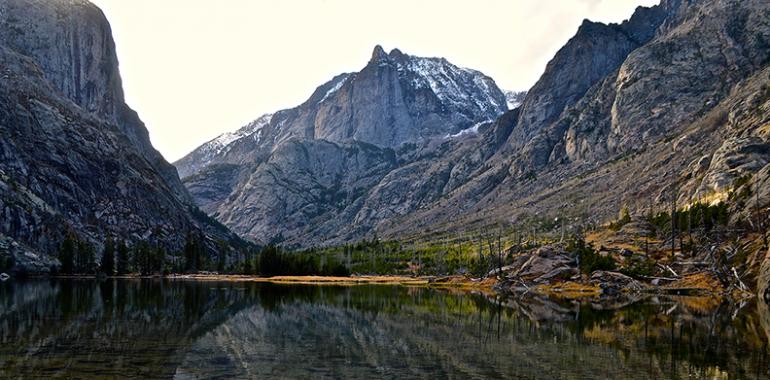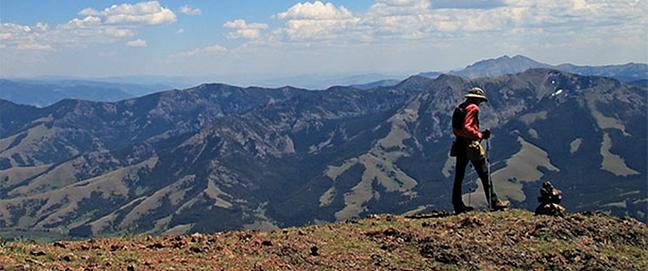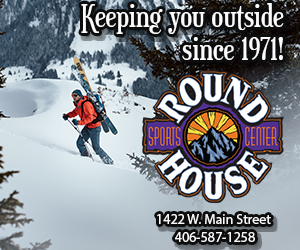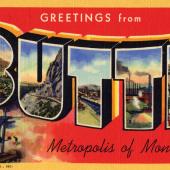Finding Common Ground
Challenges facing environmental discourse.
John Todd works in a third-story office overlooking Bozeman's Main Street. His Carhartts and red beard betray his sympathy for the outdoors, an arena he knows well, having backpacked across mountain ranges and guided river trips in a previous life. Now he works for the Montana Wilderness Association as the field director for the nonprofit's southwest region, and tackles a different challenge: environmental discourse. Moreso than ever, land conservation and Wilderness protection draw national attention, and it's Todd's job to educate the community about the pros and cons of Wilderness designation—a job that takes creativity and passion.
“My title’s been consistent,” Todd says, “but the workload and strategy varies dramatically.” From composing formal recommendations to the Forest Service regarding land management, to drafting official letters to senators, to social media outreach, the man with the Tennessee-Montana accent constantly adjusts to the changing communications landscape. His strategy, however, is informed by one constant: his passion for wild places and the expierences he's had there.
While attending the University of Montana, Todd guided along the upper breaks of the Missouri River. “Unbeknownst to me, I was turning into an advocate for place,” he remembers. “If there's a place you care about, you should know its story.” Todd uses these stories to unite individuals around shared values pertaining to land conservation, and he integrates value-awareness into his writing. “We tell the stories of this landscape, the history of this place." He treasures stories from individual members, like one from a father recounting his son's first steps on an MWA-created trail. Personal narratives voice a perspective different from organizational officials or company mission statements; they speak beyond the general to the individual and are always more affective, Todd has found.
MWA’s constituency is varied, from professional conservationists to teens attending outreach events. To approach the wide audience, Todd can't “rely on one platform of communication… you reach different audiences through different media.” In the rapidly evolving world of communications, multi-platform approaches prove crucial. “It’s a Tweet, it’s a Facebook post, it’s a blog,” Todd says. “But it’s all based around the issues.”
Like every other issue, Wilderness designation is not without its critics. “There are always 10% on one side of you, and 10% on the other side that are intractable and dug in,” Todd says. “Focus on the coalition and communication of the willing—that’s the sweet spot.” Some attack environmentalism as inhibiting industry, but Todd responds by shifting perspective. “I want to see a different kind of progress,” he says. “One that includes clean water, clean air, open space, and a place where you can still find adventure, and a little bit of trouble.”
To future environmental writers, Todd has these words of advice: be a storyteller. Create memories and experiences on the land; advocacy comes from passion for priceless portions of Montana. For example, the Bob Marshall Wilderness encompasses over one million acres of land commonly called “the Bob.” The nickname carries meaning that extends into the public mindset. Todd hopes the Big Sky eastern prairies can gain similar recognition. “We don’t have a good grasp of what that is,” he says, “because it's story hasn’t been told by anyone very well.” The land is there, now all it needs are the stories.
When Todd feels written out, he returns to the adventures and advocacy of Montana authors Alan Kesselheim, Hal Herring, and Rick Bass. "They write from a place,” he says. As a husband and father of two little girls, he doesn't have much time for himself these days, but suggests that you “find those people that speak to you; it’s not necessarily a style—it’s what communicates with you.”














